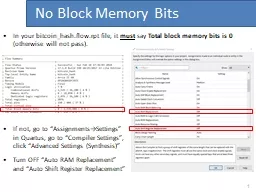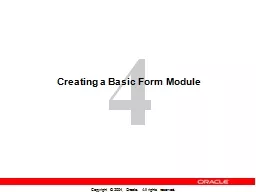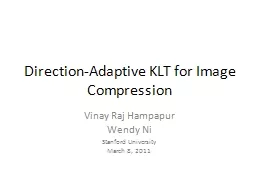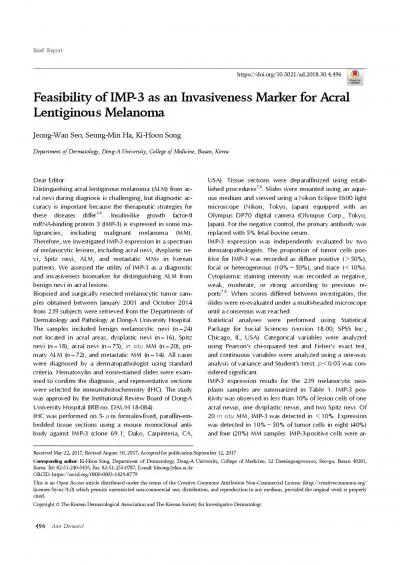PPT-The basic “Adaptive Logic Module (ALM) Block Diagram”
Author : test | Published Date : 2017-11-15
Note the fast adder carry chain does not require going out to programmable switch boxes Altera Stratix II FPGA Architecture Each ALM can be configured to one or
Presentation Embed Code
Download Presentation
Download Presentation The PPT/PDF document "The basic “Adaptive Logic Module (ALM)..." is the property of its rightful owner. Permission is granted to download and print the materials on this website for personal, non-commercial use only, and to display it on your personal computer provided you do not modify the materials and that you retain all copyright notices contained in the materials. By downloading content from our website, you accept the terms of this agreement.
The basic “Adaptive Logic Module (ALM) Block Diagram”: Transcript
Download Rules Of Document
"The basic “Adaptive Logic Module (ALM) Block Diagram”"The content belongs to its owner. You may download and print it for personal use, without modification, and keep all copyright notices. By downloading, you agree to these terms.
Related Documents














